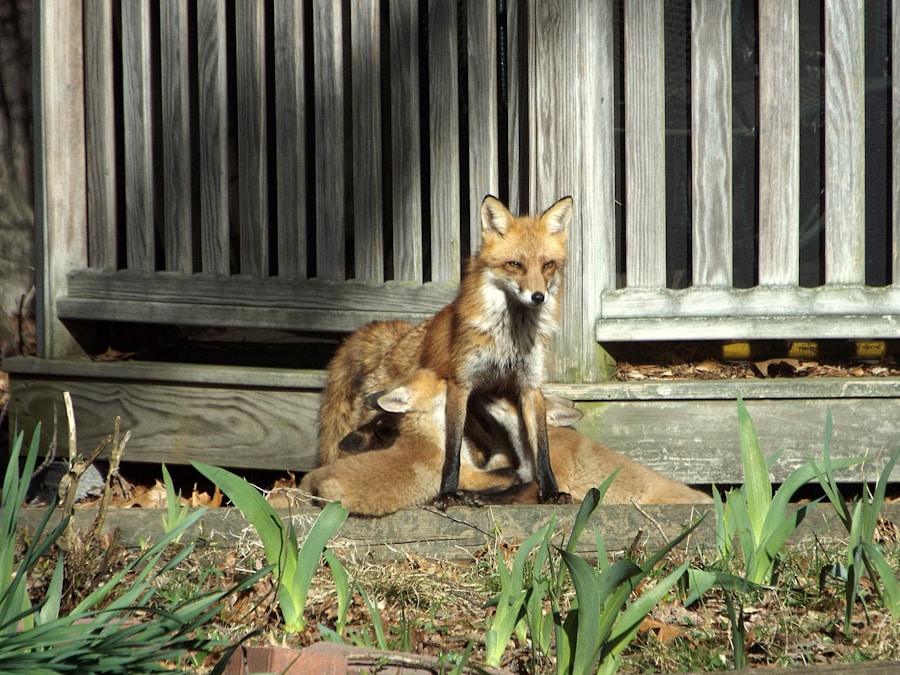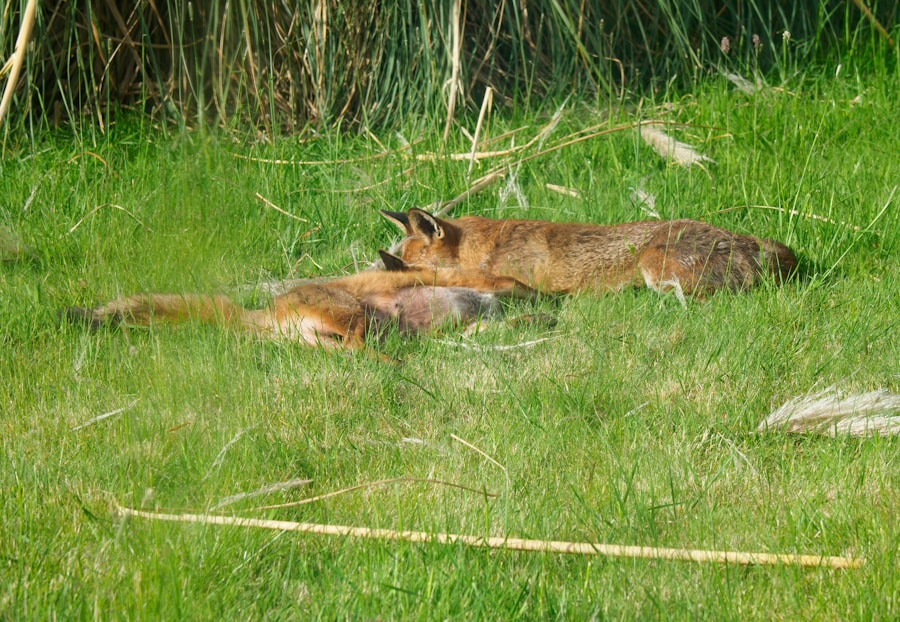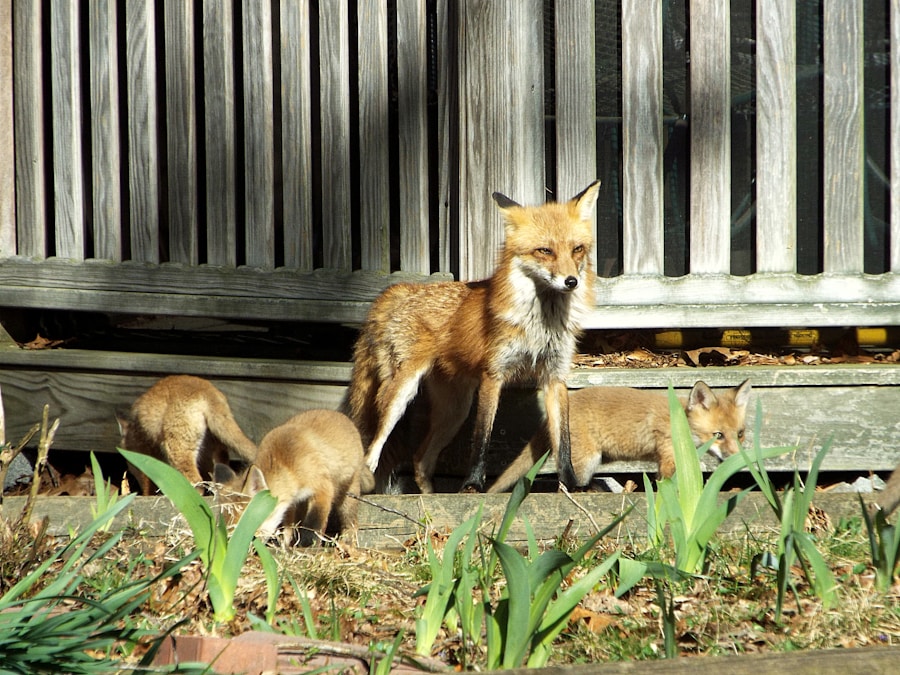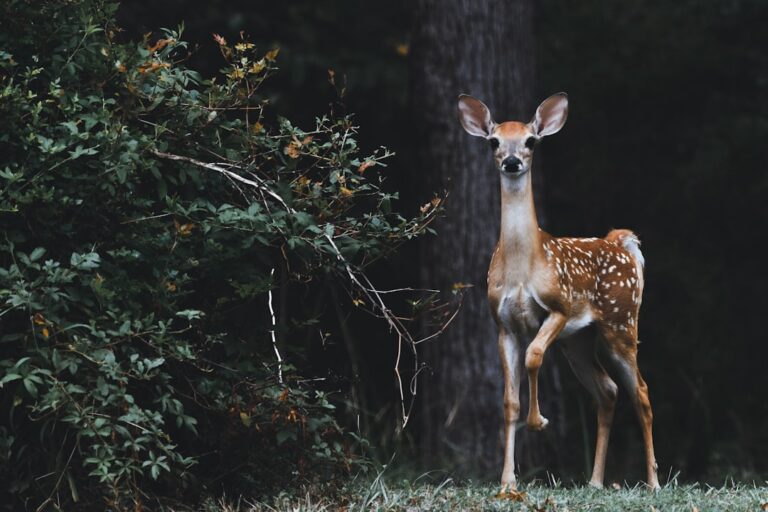Foxes, belonging to the Canidae family, are fascinating creatures that exhibit a wide range of behaviors and adaptations. With over 37 species worldwide, the most commonly recognized is the red fox (Vulpes vulpes), known for its striking reddish-brown fur and bushy tail. These animals are highly adaptable, thriving in diverse habitats from forests and grasslands to urban areas.
Their behavior is a complex interplay of instinct, learned experiences, and environmental influences, making them one of the most intriguing mammals to study. Understanding fox behavior requires an exploration of their social structures, communication methods, hunting strategies, and reproductive habits. Each aspect of their behavior is intricately linked to their survival and success as a species.
For instance, their ability to adapt to various environments has allowed them to flourish in both rural and urban settings, showcasing their intelligence and resourcefulness. This article delves into the multifaceted world of fox behavior, providing insights into their social dynamics, hunting techniques, reproductive strategies, and interactions with other wildlife.
Key Takeaways
- Foxes are highly adaptable and intelligent animals known for their cunning behavior and ability to thrive in a variety of environments.
- Foxes live in social groups called packs, and they communicate through a complex system of vocalizations, body language, and scent marking.
- Foxes are skilled hunters and foragers, using their keen senses and agility to catch prey and scavenge for food.
- Foxes have a monogamous mating system and exhibit strong parental care, with both parents participating in raising their young.
- Foxes have successfully adapted to urban environments, often coexisting with humans and utilizing human resources for survival.
Social Structure and Communication
Foxes are generally solitary animals, but they can also exhibit social behaviors that vary by species and environmental conditions. The red fox, for example, often lives in family groups consisting of a breeding pair and their offspring. These family units are typically established during the breeding season and can remain intact until the young are mature enough to disperse.
This social structure allows for cooperative care of the young and shared responsibilities in hunting and territory defense. Communication among foxes is sophisticated and involves a variety of vocalizations, body language, and scent marking. They use barks, howls, and screams to convey different messages, such as alerting others to danger or establishing territory.
For instance, the characteristic “vixen’s scream” is a high-pitched call made by females during the mating season to attract males. Additionally, foxes communicate through scent marking by urinating or depositing feces in strategic locations, which serves to inform other foxes about their presence and territorial boundaries. This intricate system of communication is essential for maintaining social order and ensuring successful interactions within their environment.
Hunting and Foraging Techniques

Foxes are opportunistic feeders with a diverse diet that includes small mammals, birds, insects, fruits, and even carrion. Their hunting techniques are highly adaptable, allowing them to exploit various food sources depending on availability. One of the most notable hunting strategies employed by foxes is their ability to stalk prey quietly before launching a swift attack.
They often use their keen sense of hearing to detect movements beneath the snow or foliage, allowing them to pinpoint the location of hidden prey. In addition to their stealthy hunting methods, foxes are also known for their remarkable agility and speed. When pursuing prey, they can make quick turns and sudden bursts of speed that help them outmaneuver their targets.
For example, red foxes have been observed using a technique called “mousing,” where they leap into the air and pounce on small rodents hidden beneath the snow. This method not only showcases their physical prowess but also highlights their adaptability to different hunting conditions. Their varied foraging techniques ensure that they can thrive in a wide range of environments, from rural farmlands to bustling urban landscapes.
Reproduction and Parenting
| Country | Birth Rate (per 1000 people) | Fertility Rate (average number of children per woman) | Maternity Leave (weeks) |
|---|---|---|---|
| United States | 12.5 | 1.73 | 12 |
| Sweden | 11.2 | 1.85 | 68 |
| Nigeria | 37.3 | 5.4 | 12 |
The reproductive cycle of foxes is marked by specific seasonal behaviors that ensure the continuation of their species. Breeding typically occurs in late winter or early spring, with gestation lasting about 52 days. Female foxes give birth to a litter of kits, usually ranging from four to six pups, although litters can be larger depending on environmental conditions and food availability.
The mother plays a crucial role in nurturing the young during their early weeks of life, providing warmth and protection while the father assists by bringing food. As the kits grow, they begin to explore their surroundings under the watchful eye of their parents. This period is critical for their development as they learn essential survival skills such as hunting and social interaction.
The parents teach their young how to hunt through play and practice, which helps them develop the necessary skills for independent living. By late summer or early fall, the kits are typically weaned and ready to disperse in search of their own territories. This parental investment is vital for ensuring that the next generation is equipped to thrive in the wild.
Adaptation to Urban Environments
In recent decades, foxes have increasingly adapted to urban environments, demonstrating remarkable resilience in the face of human encroachment. The red fox is particularly adept at navigating city landscapes, where it has learned to exploit new food sources such as garbage bins and pet food left outside homes. Urban foxes often exhibit different behaviors compared to their rural counterparts; for instance, they may become more nocturnal to avoid human activity during the day.
The adaptability of urban foxes extends beyond diet; they have also modified their social structures and communication methods in response to city life. In densely populated areas, foxes may form loose social groups that allow them to share resources while minimizing competition. Their ability to thrive in urban settings highlights not only their intelligence but also their capacity for behavioral flexibility.
This adaptation raises important questions about wildlife management in cities and how humans can coexist with these cunning creatures.
Interactions with Other Wildlife

Foxes play a significant role in their ecosystems as both predators and prey. Their interactions with other wildlife can be complex and multifaceted. As predators, they help control populations of small mammals such as rodents and rabbits, which can have cascading effects on plant communities and overall ecosystem health.
However, foxes are also preyed upon by larger carnivores such as coyotes and eagles, creating a dynamic balance within food webs. In addition to direct predation relationships, foxes often engage in competitive interactions with other carnivores. For example, they may compete with domestic cats or raccoons for food resources in urban areas.
These interactions can lead to shifts in behavior as each species adapts to the presence of others. In some cases, foxes may even scavenge from larger predators or take advantage of carrion left behind by them. Understanding these interactions is crucial for wildlife conservation efforts as it helps illuminate the ecological roles that foxes play within their habitats.
Myths and Misconceptions
Foxes have long been subjects of folklore and mythology across various cultures, leading to numerous myths and misconceptions about their behavior and characteristics. One common myth is that foxes are inherently deceitful or cunning creatures; this stereotype has been perpetuated through literature and media portrayals that often depict them as tricksters. While foxes do exhibit clever problem-solving abilities, labeling them as deceitful oversimplifies their complex behaviors.
Another misconception is that all foxes are dangerous or aggressive towards humans or pets. In reality, most fox species are shy and tend to avoid human contact whenever possible. They are more likely to flee than confront a perceived threat.
Instances of aggression are rare and typically occur only when a fox feels cornered or threatened. Educating the public about these myths is essential for fostering a better understanding of fox behavior and promoting coexistence between humans and wildlife.
Conservation and Coexistence
As urbanization continues to expand into natural habitats, conservation efforts aimed at protecting fox populations have become increasingly important. While many fox species are currently stable or thriving due to their adaptability, others face significant threats from habitat loss, hunting, and disease. Conservation initiatives often focus on habitat preservation and restoration, ensuring that these animals have access to suitable environments where they can thrive.
Coexistence strategies are also vital in mitigating human-wildlife conflicts. Educating communities about responsible waste management practices can reduce attractants for urban foxes while promoting understanding of their ecological roles can foster appreciation rather than fear. Additionally, implementing measures such as wildlife corridors can help maintain genetic diversity by allowing safe passage between fragmented habitats.
By prioritizing conservation efforts and promoting coexistence with fox populations, we can ensure that these remarkable animals continue to thrive alongside us in our ever-changing world.












